Segment vs Liveramp: Key features, pros, and cons
As technology improved over the last years, customer data became one of the central elements in the growth and success of businesses.
If businesses can control, track, and analyze customer data accurately, they can understand customer profiles, habits, and preferences easily. Since customers are the building blocks of any business, tools that can help you understand data about your customer base are essential to take data-driven actions and make effective plans for the future.
There are many web analytics tools that can track SaaS sales metrics. However, customer data platforms (CDPs) are specially designed to help you both track and analyze customer data. CDP is special software that tracks and combines first-party customer data from multiple sources to build a single and complete view of each customer and the overall customer base.
It helps you understand behavioral data, transactional data, and demographical data. Understanding these data types and taking actions according to them is vital for businesses because customer data can show you your strengths and weaknesses. It can also help you keep an eye on your customer engagement, a crucial part of SaaS marketing.
Segment and LiveRamp are two of the well-known CDPs on the market that gathers and unifies different types of customer data to understand your customers’ behaviors and their specific needs. Even though they both essentially do the same thing, there are some fundamental differences between them, which may be beneficial or detrimental according to the type of business you are in and your needs and preferences.
“But Segment vs. Liveramp – which one should I choose?” Glad you asked!
In this article, I will outline the advantages and disadvantages of Segment and LiveRamp to help you choose the best CDP for your business.
Pro Tip:
P.S: Not satisfied with both and looking for a tool that can unify your data? Click here!

What are Segment’s Advantages?
Twilio Segment (in late November 2020, Twilio, cloud communications platform, acquired Segment) is a CDP founded in 2011. By providing customer data to businesses, it helps them build a strong data foundation. With Segment, you can track, collect, and unify customer data into one coherent whole, enabling you to optimize your user engagement and experience.

Minimal Amount of Code Needed
With its easy-to-use user interface and practical features, Segment requires minimal to no coding knowledge. No code is especially helpful for small businesses without a dedicated coding team or companies that don’t want to allocate additional budgets to hire coders. With a few clicks or a couple of lines of code, you can get the most out of Segment.
Comprehensive and Accurate Data
One of the main features of Segment is that it gathers data from various sources and platforms to combine data, which encompasses all historical data about your customers individually. On top of this, Segment displays data accurately and coherently, which helps you see all of your data in one place and take data-based actions.
The “Protocols” that Segment offers give you the ability to check whether there are any discrepancies between the data used by the different parts of the organization.
Transparency and Privacy
Segment provides a platform through the public status page, which its customers can track and view the changes made to APIs and other features. In addition, Segment’s integrations and SDKs are open-source, meaning that the original code can be seen by the general public and can be made changes. This enables Segment to be a trustworthy and transparent tool.
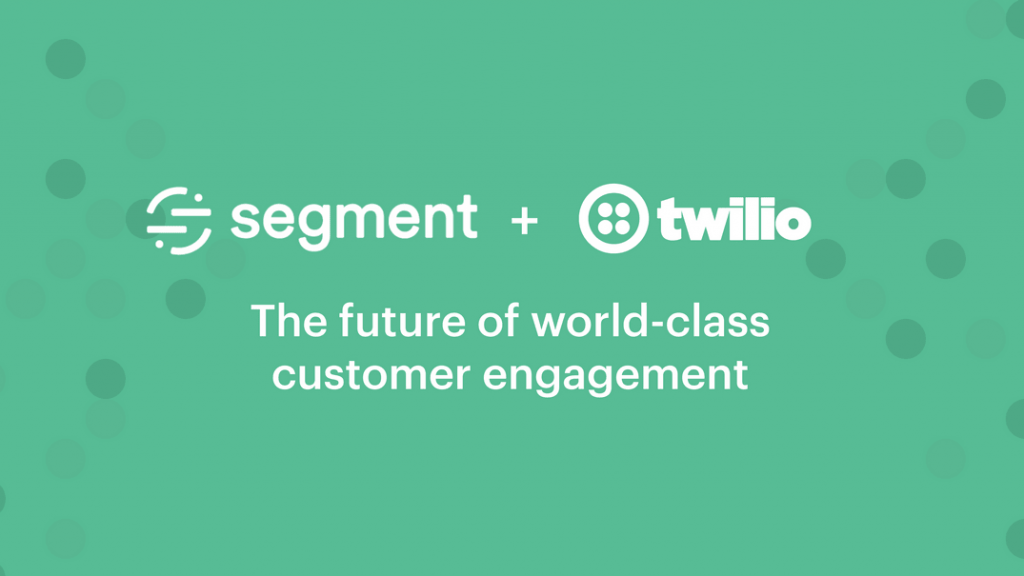
For privacy, Segment enables you to set specific rules for customer data collection, protecting both the privacy of your company and customers. You can also block automatic data collection to prevent data leakage, which can jeopardize the trust between your company and your customers. Segment also complies with the rules of GDPR and ensures that the data storage is secure and private.
Reduced Amount for Maintenance
Since Segment can automatically collect and send data to downstream destinations, you don’t need to constantly check the platform each time you make changes. With little to no effort, you can easily control customer data. Reduced maintenance also allows you to focus on essential processes rather than focusing on frivolous actions.
If you are considering Fivetran too, check out Segment vs Fivetran article!
What are LiveRamp’s Advantages?
LiveRamp is a customer data platform founded in 2011. It enables data connectivity and unison, increasing the control you have over your customer data. LiveRamp helps you understand the basic facts about your audience and the reasons behind certain aspects of your audience.
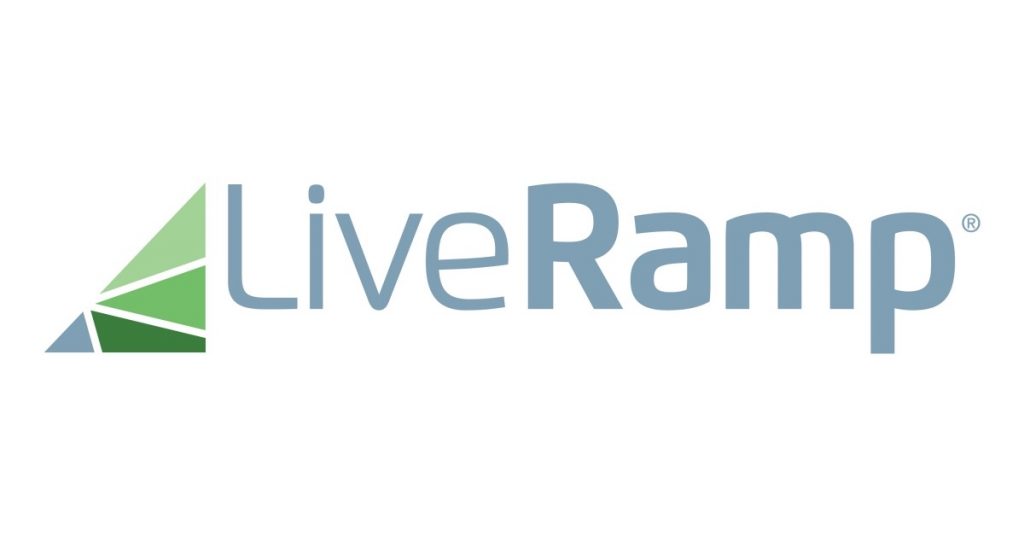
Up-to-Date Integrations
One of the main advantages of LiveRamp is its integrations. There are many platforms and websites that you can integrate through LiveRamp, which helps you upload and share audiences with different partners. The list of integrations also is constantly improved by the LiveRamp team, adding new platforms to meet your needs and preferences. Up-to-date integrations will allow you to enhance your product with different services and platforms continually and support you in your journey.
User Interface
LiveRamp has a user-friendly interface, allowing you to track and collect customer data without expending time and effort. Because the user interface is intuitive and straightforward, you can easily manage and analyze data from day one. The simple user interface also allows you to use the tools and features to their fullest potential and get the best out of the platform.
Customer Service
LiveRamp offers excellent customer service. By providing focused solutions, LiveRamp helps you solve problems specific to use cases you have encountered. You can easily contact the customer service team and get quick and easy answers.
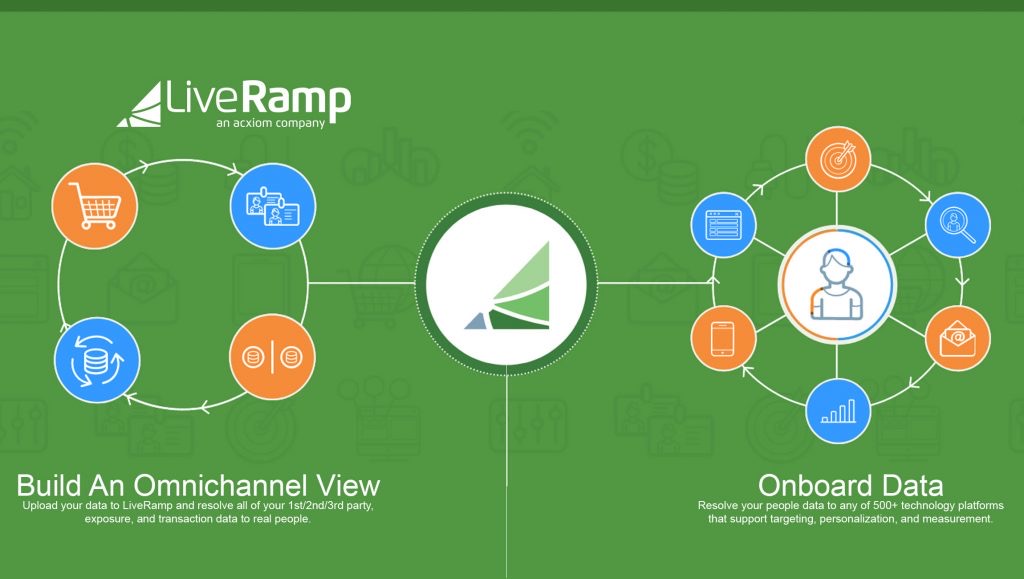
Powerful Data Onboarding
LiveRamp offers identity solutions, which ensure that your product’s and customers’ data is secure. This feature helps you control your customers and understand how and why behind the actions they are taking through your product. Also, you can easily, with the data onboarding process, transfer offline data to an online environment. With precise and accurate data that is smoothly integrated, you can make data-driven plans for the future.
What are Segment’s Disadvantages?
Even though Segment is one of the widely used CDPs in the market, it also has some disadvantages that discourages its customers:
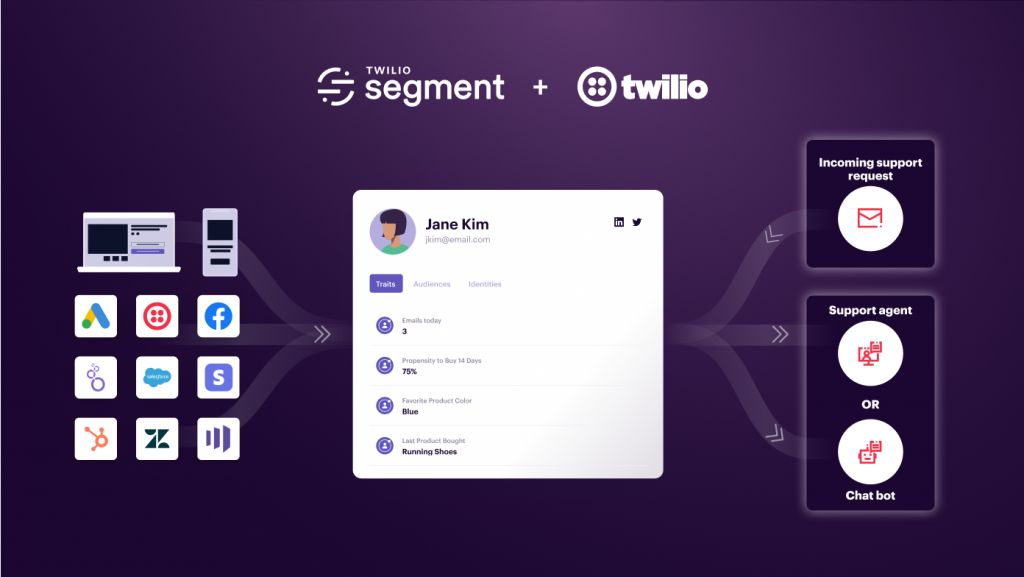
Learning Curve and Complex UI
One of the main problems with Segment is that it is hard to set up and understand the platform. This confuses the customers and requires more effort and time to get used to the product. Even after the learning phase, you cannot completely master the platform because Segment’s user interface is not user-friendly and intuitive. You need to allocate extra time to understand features and tools.
Custom Integrations
Even though Segment offers a wide range of integrations, implementing custom integrations is a complex process, making it harder for you to both track and collect granular data. If you are considering integrating a custom-built website, you might need to reconsider your decision to choose Segment.
Pricing

Segment offers price plans according to your monthly visitors (MTU). Therefore, the price that you are paying for the same plan might get expensive quite easily and fast. This is not beneficial, especially for small businesses growing and expanding their customers day by day.
Another issue with the pricing is that anonymous users/visitors can cause enormous problems for determining the price of your plan since they are not counted as “normal users.”
What are LiveRamp’s Disadvantages?
Slow Updates on Audience
Even though LiveRamp collects comprehensive data about your customers/audience, it can take a lot of time (up to 72 hours) for the customer data to be gathered and provided. This can cause slowdowns on the system and prevent you to take fast actions. Depending on the size of the audience and back-end matching, the time required for the updates might increase and halt the system.
High Maintenance
Even though LiveRamp is a user-friendly platform, it requires high care and maintenance. You need to keep up with the privacy laws and other updates constantly. This may not seem like a huge disadvantage, but high maintenance can cause you to lose valuable time and give you a hard time continuing with data tracking and collection.
Poor Match Rate
Match rate is the percentage of users from a specific audience that a demand-side platform (DSP) can identify and anonymously tag with data. Unfortunately, LiveRamp is not successful at match rate, making it hard for its customers to understand and analyze the size of the reachable audience. This can cause problems while making data-driven estimations for marketing purposes and the future.
Segment vs. LiveRamp: Feature Comparison
Both Segment and LiveRamp have many outstanding features. For this reason, users’ opinions about these tools differ.
So Segment vs LiveRamp, which one should you choose?
Let’s look at the features of both these tools and settle the Segment vs Liveramp debate once and for all.
| Segment | LiveRamp | |
| Has a free trial | X | |
| Has a free version | X | |
| Easier to use | X | |
| Better customer service | X | |
| Faster | X | |
| Easier to set up | X | |
| Lower maintenance | X |
A Better Alternative: HockeyStack
Both Segment and RudderStack are wonderful platforms, but they don’t allow you to unify & visualise your data because tools that integrate with these platforms don’t send critical metrics to each other.
For example, if you want to create a dashboard to understand which features of your SaaS lead to the highest expansion revenue, you need expansion revenue data and feature engagement data in one place, for which Segment and RudderStack are not enough.
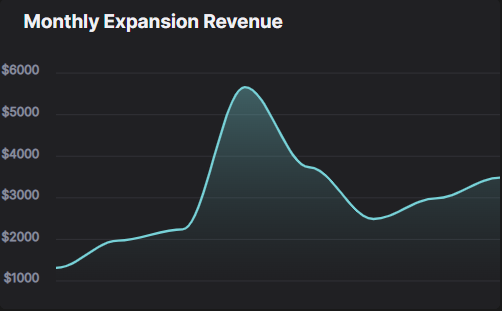
Luckily, we have a solution for you:
What’s HockeyStack?
HockeyStack is an end-to-end analytics tool for SaaS companies. It unifies marketing, revenue, sales, and product data into one dashboard with no code so that you can understand what really drives revenue at your SaaS. It’s completely no code, and setup takes only 5 minutes.
HockeyStack can also help you get a complete breakdown of your customer data, including buyer personas, top referral channels, and most popular blog posts among users. This kind of segmentation allows you to understand and improve the customer experience considerably, all backed by real-time data that’s tracked automatically.
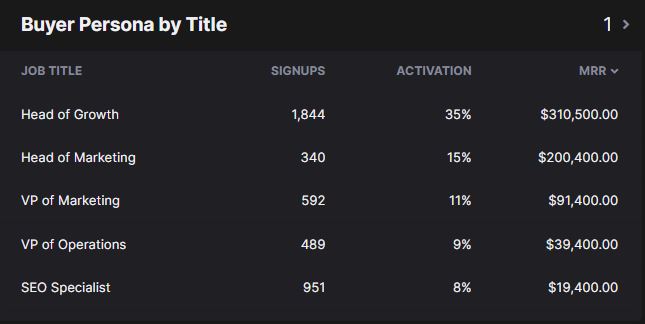
The best part about Hockeystack is that you don’t need to connect to a third party data visualization tool to view a visual representation of your data. What’s more, HockeyStack can be integrated with top payment processors, CRMs, and email marketing tools, maximizing visibility into the entire process.

HockeyStack’s Features
HockeyStack offers these features with no code:
- Step-by-step user journey
- Custom dashboards
- Funnels and goals
- Insights
- Surveys
- Revenue analytics
- Segments
and more
HockeyStack Pricing
HockeyStack has 2 paid plans: Boost and Dominate. These plans have a 14-day trial with a 30-day refund guarantee.
You can check out the pricing page here.
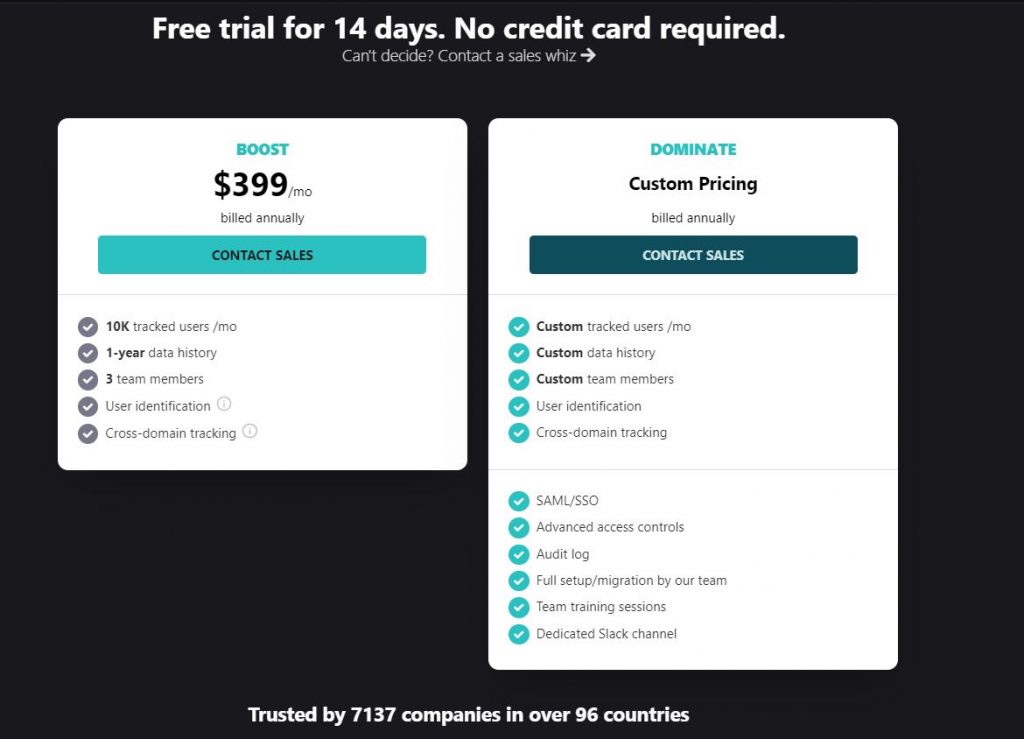
HockeyStack Summary
The unique benefit of HockeyStack is its ability to unify your marketing, revenue, sales, and product data using no code. This allows you to uncover unique insights that you wouldn’t be able to by using multiple tools as they cause you to have fragmented data.
- You can integrate with Stripe, Paddle, and Hubspot and build every single dashboard that you can think of, using all sales, marketing, revenue, and product metrics.
- You can create funnels, goals, and surveys, which are rare to get with other tools on this list.
- You don’t need any developers, tracking is cookieless, and the script is small, so it doesn’t increase your site loading time.
Reviews
Segment
Here are some positive reviews about Segment:
“It’s a great intermediary tool, which is what we use it for.”
“The ability to centralise all data in the same tool is the best. You can forget about setting so many different tracking tools and pixels in your web or app.”
“Great experience, easy integration, saves a lot of time when working with multiple analytics services.”
“One of the tools that we recommend has the possibility of data quality with the “protocols” which is very interesting too.”
On the other hand, there are also some negative reviews:
“Integration implementation can vary widely. Documentation is usually thorough, but often confusing/ complicated/ out of date/ (in the case of beta integrations) not accessible or non-existent.”
“The pricing model (MTUs) when you have many anonymous users can be a problem.”
“Sometimes it is hard to debug or know what happens if something goes wrong.”
“Custom integration or customization is tough to do, third parties implementation sometimes lacks some essential feature that would become a hard blocker during the integration.”
Liveramp
Some of the positive reviews about Liveramp are as follows:
“LiveRamp has the best data onboarding technology and identity link match rates in the market. They also offer a comprehensive data store and integrate with all media buying platforms.”
“Liveramp data store has allowed us to further fine tune our targeting. activating predefined audiences that have drastically lowered our costs. It is very easy to search around and find what you need but getting it to the desired platform is a bit of a round robin.”
“The search function for destinations makes it easy for us to send 1st party audiences and files to multiple platforms at once. You can also organize your files and audiences to make it easier to select which files go where.”
On the other hand, here are some negative reviews:
“There’s no easy way to export file names & record matches by the audience. The format it comes in in a CSV is not the most user-friendly. It also can be a struggle to pull match rates by platform – it would be great if there were a feature to see what a partner’s match rate is now vs. a period of time in the past to see how it has grown.”
“LiveRamp could work on better data onboarding instructions and workflow. It would be nice to receive check-ins from their account management team.”
“The customer service team is awful and very, very slow to get anything done. Like I said, moving the data to a new platform is a bit of a pain.”
HockeyStack
Here are some positive reviews about HockeyStack:
“I am enjoying the ease with which you can swap URLs, and the team member share feature is also great.”
“This is very helpful because I can see which pages I need to write more content for or which pages are not worth putting any more effort into.”
“More importantly, my clients love the dark mode, which is awesome.”
“I love the setup speed of this product. In a matter of minutes, you begin seeing traffic, and you can set up the first goal, like a button click or the visit of a page.”
And there are also some negative reviews:
“Some reports are limited (limitation applies) and need a little time to dive in (learning curve).”
“Lack of Custom Alerts in real time to trigger via Webhook/ slack. Lack of Google Analytics Integration (planned).”
“Still limited in its functionality, there isn’t a lot of different data to pull (I know the team is working on this, though).”
Conclusion
CDPs allow you to track customer data efficiently and unify the overall data into one comprehensive whole. This is beneficial for you to see both your customer base and individual customers, helping you to treat each individual with specific solutions and care.
Two of the CDPs that we have looked at were Segment and LiveRamp. As in every case, both platforms come with advantages and disadvantages. While the LiveRamp is easy to use, Segment has a steep learning curve. On the other hand, with LiveRamp, you can get a wide range of integrations that are up to date.
To choose the best CDP for your business, you need to consider your needs and preferences and what you want to focus on while tracking customer data. If you are looking for a powerful platform for data onboarding, LiveRamp would be more beneficial. However, if you want a product that can provide comprehensive data without requiring coding knowledge, choosing Segment would be a better idea. Therefore, to decide on the best CDP for you and your customers, you need to consider different aspects of both platforms and decide based on these.
If you are considering an attribution tool, check out this article!
FAQ
LiveRamp is a customer data platform that collects and unifies customer data from various sources. It can help you understand your audience’s size and give you an idea about your customers’ collective and individual behaviors.
LiveRamp is especially useful for the data onboarding process, which enables you to transfer offline data to an online environment for different purposes. Another advantage of LiveRamp is its simple user interface: you can quickly track and collect customer data from day one.
They are both well-known customer data platforms that offer various features and tools to enhance your understanding of customer data and audience. However, the main difference between them is their ease of use and the speed of the different processes. Even though LiveRamp offers great data onboarding, it is slow and requires high maintenance. On the other hand, Segment is much faster and more comprehensive with little to no maintenance. However, it is not as user-friendly as LiveRamp. At the end of the day, there is no definite answer to whether Segment or LiveRamp is better.



